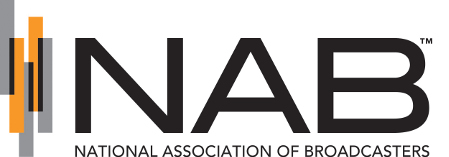NAB Ex Parte Calls Out Verizon’s Next-Gen TV Take
WASHINGTON—NAB wants to know if it was April Fools’ Day when Verizon submitted a letter to the FCC urging regulatory restrictions on broadcasters that choose to deploy services using the Next Generation TV transmission standard, ATSC 3.0. Patrick McFadden, NAB’s associate general counsel, filed an ex parte with the FCC on Tuesday, Oct. 24, in response to the Oct. 19 letter from Verizon that it says required FCC protection from local broadcasters to ensure Verizon is not “forced” to incur costs associated with carrying Next Gen signals during retransmission consent negotiations.

“It is amusing that Verizon attempts to portray itself as the powerless little guy when dealing with local broadcasters,” wrote McFadden, citing Verizon’s $250 billion in assets. “It is absurd to suggest that a company with that kind of size, revenue and market power can be “forced” by its programming partners to agree to unacceptable terms in voluntary, free-market negotiations.”
McFadden also calls it a “farce” that Verizon is saying it is concerned that subscribers need to buy new equipment to receive Next Gen signals, but that the company charges a set-top box fee to view HD content included in subscriptions.
“Verizon undoubtedly has a motive to hamstring such innovation by imposing needless and unreasonable regulatory burdens on broadcasters,” wrote McFadden. He poses that one reason for this could be that Verizon is testing its own 4K television service. “Restricting the ability of broadcasters to deliver a competing 4K service, which will require adoption of a new transmission standard, could be one strategy for stemming Verizon’s losses of pay-TV subscribers.
“We urge the commission to reject Verizon’s needlessly burdensome proposals for shackling its competitors in the market for programming delivery,” McFadden finished.
For a comprehensive list of TV Technology’s ATSC 3.0 coverage, see our ATSC3 silo.
The professional video industry's #1 source for news, trends and product and tech information. Sign up below.
